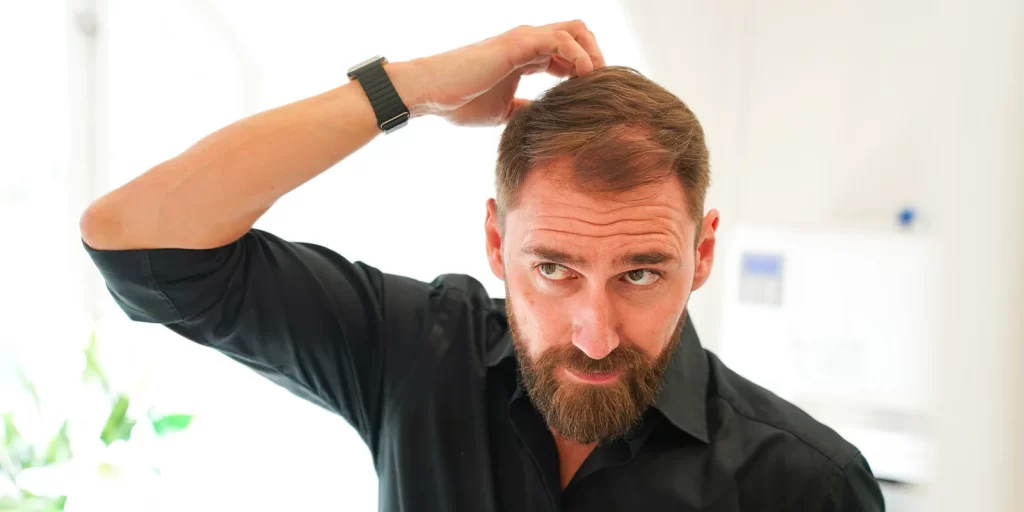AN OVERVIEW
Triggers for rosacea on the scalp
The only treatment option for the fourth stage is surgical intervention. Stages 1 to 3 can traditionally be managed by the use of topical metronidazole, oral tetracycline and oral retinoids.
Many environmental triggers are known to exacerbate rosacea.
The list includes strenuous exercise, excessive sun exposure, stress, anxiety, cold, heat, alcohol, caffeine, and foods high in histamine and spice.
Rosacea is thought to be an inflammatory condition of unknown cause.



